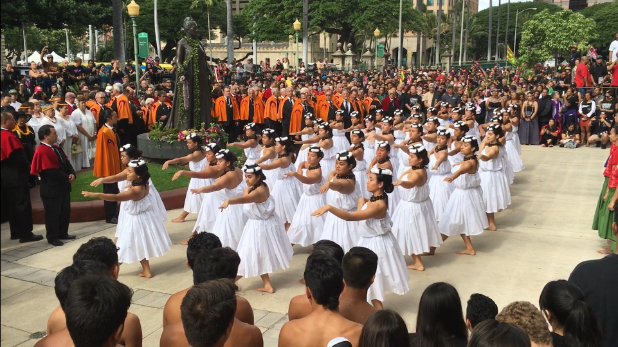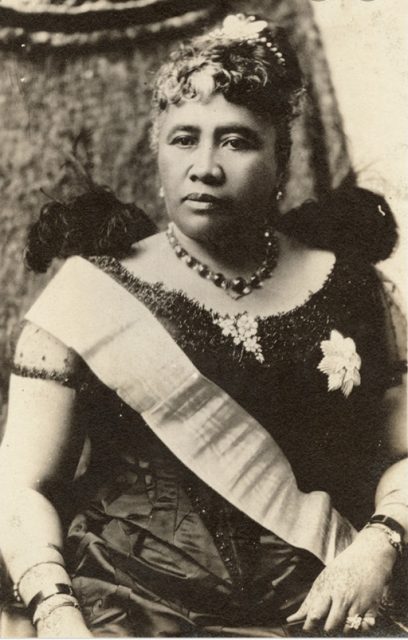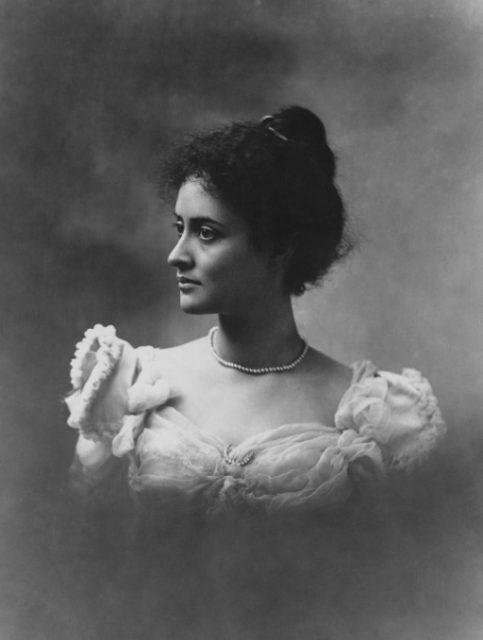
HONOLULU (Eagle News) – The measure of a leader can be determined by how they handle defeat.
And no better was it shown than by the Kingdom of Hawaii’s only ruling queen and last sovereign, Lili’uokalani.

How she handled defeat is tied to the concept of “kapu aloha,” a Hawaiian term that preaches non-violence in protests.
The phrase has been credited to her for the way she handled her removal from the throne and the subsequent annexation of the islands to the United States.
Lili’uokalani ascended to the throne after the death of her younger brother King David Kalakaua in 1891.
During her brief reign, the Queen spearheaded several measures that did not favor many Americans, Europeans, and other groups residing in the Kingdom.
She extended voting rights to more Hawaiian citizens while revoking them from an elite class of business people and landowners.
Lili’uokalani also tried to repeal the 1887 Bayonet Constitution and draft a new one which would restore the monarchy’s previous powers.
Two years into her reign, thirteen men who comprised the so-called Committee of Safety carried out plans to remove of the Hawaiian monarchy and annex the Islands to the United States.
More than 150 U.S. troops aboard the USS Boston came ashore to Honolulu and took control of various government buildings in the capital city.
On January 17, 1893, committee chairman Henry E. Cooper addressed a crowd assembled in front of ʻIolani Palace.
He read a proclamation formally deposing Queen Liliʻuokalani, abolishing the Hawaiian throne and replacing the monarchy with a provisional government.
Instead of fighting back through arms despite strong loyalty from her subjects, Lili’uokalani peacefully surrendered to the Americans and ordered her guards to stand down.
The 54-year old sovereign traveled to Washington, D.C. to appeal to President Grover Cleveland to reinstate her.
Cleveland, an anti-imperialist Democrat, described the coup as an act of war against Hawaii.
He ordered an investigation into the overthrow, which dragged on until he left office in 1897.
By then, Congress could not secure a two-thirds majority to repeal the annexation process.
Aside from a small insurrection in her name led by supporters, and being afforded multiple opportunities to rise up against the Americans, Lili’uokalani remained steadfast to her conviction for nonviolence.
In 1895, she agreed to formally abdicate the throne and was subsequently placed under house arrest at ‘Iolani Palace.
Lili’uokalani continued to protest annexation of the Islands, which eventually occurred in July 1898.
In that same year, she composed the song “Aloha ‘Oe” (“Farewell to Thee”) and published her autobiography, “Hawaii’s Story by Hawaii’s Queen.”
In addition to her frequent visits to the U.S. mainland, Lili’uokalani attempted to rally international support for the recognition of Hawaiian claims of sovereignty until her death in 1917.
In January 1993, on the centennial anniversary of the Kingdom’s demise, President Bill Clinton signed a joint resolution of Congress, formalizing the federal government’s apology for actions taken against the people of Hawaii.

(EBC Hawaii-Pacific Bureau, Eagle News Service)
